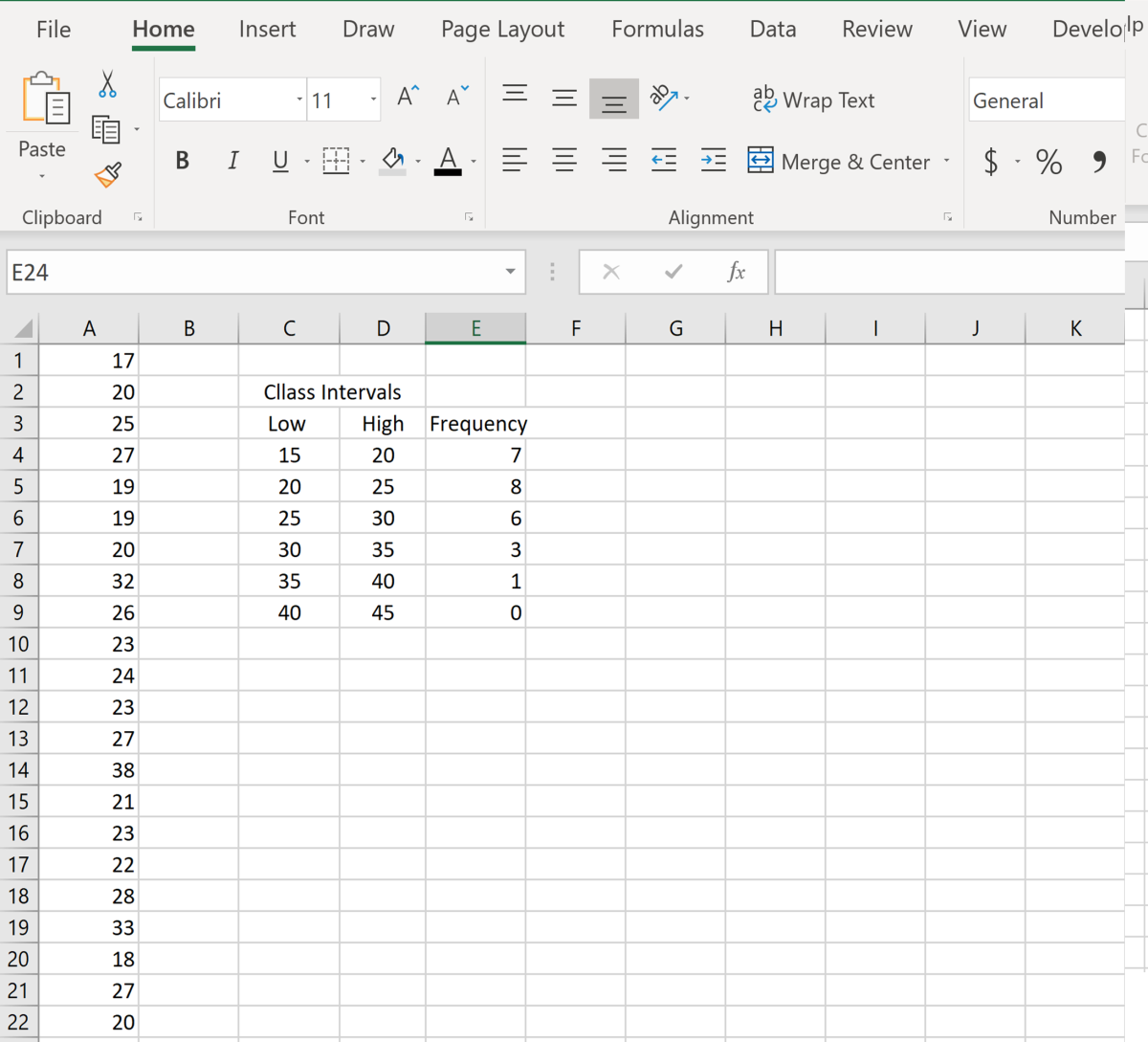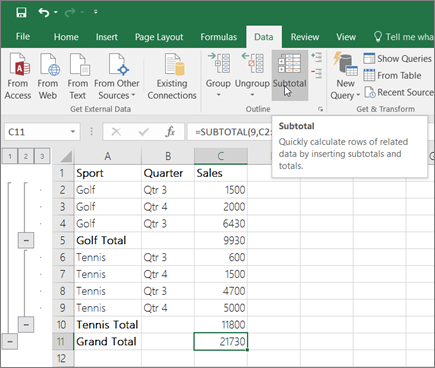

If settlement ≥ maturity, YIELD returns the #NUM! error value. If rate 4, YIELD returns the #NUM! error value. If settlement or maturity is not a valid date, YIELD returns the #VALUE! error value. Settlement, maturity, frequency, and basis are truncated to integers. The issue date would be January 1, 2008, the settlement date would be July 1, 2008, and the maturity date would be January 1, 2038, which is 30 years after the January 1, 2008, issue date. For example, suppose a 30-year bond is issued on January 1, 2008, and is purchased by a buyer six months later. The maturity date is the date when a coupon expires. The settlement date is the date a buyer purchases a coupon, such as a bond. By default, Januis serial number 1, and Januis serial number 39448 because it is 39,448 days after January 1, 1900. Microsoft Excel stores dates as sequential serial numbers so they can be used in calculations. For annual payments, frequency = 1 for semiannual, frequency = 2 for quarterly, frequency = 4.īasis Optional. The security's redemption value per $100 face value.įrequency Required. The security's price per $100 face value. The maturity date is the date when the security expires. The security settlement date is the date after the issue date when the security is traded to the buyer. The YIELD function syntax has the following arguments: Problems can occur if dates are entered as text.

A PivotTable is an interactive table that quickly summarizes large amounts of numeric data, which you can then analyze in detail.Important: Dates should be entered by using the DATE function, or as results of other formulas or functions. If you are looking to extract more meaningful information from your data, for example to find out which products are selling best over time, you may want to use a PivotTable instead of an Excel table.


Not only does a table help you organize related data, it’s also helpful for calculating values and displaying totals and grand totals. If you have a large list of data, it’s often useful to display that data in such a table. To be able to use either effectively, it helps to know what each of them does, and when to use one or the other.Īn Excel table is simply a set of rows and columns in a worksheet that contains related data and is displayed in a specific table format. And you’ve heard about PivotTables and how complex they are. You may wonder why you’d need to create a table when the whole worksheet already looks like one. In Excel there are tables and PivotTables.


 0 kommentar(er)
0 kommentar(er)
